
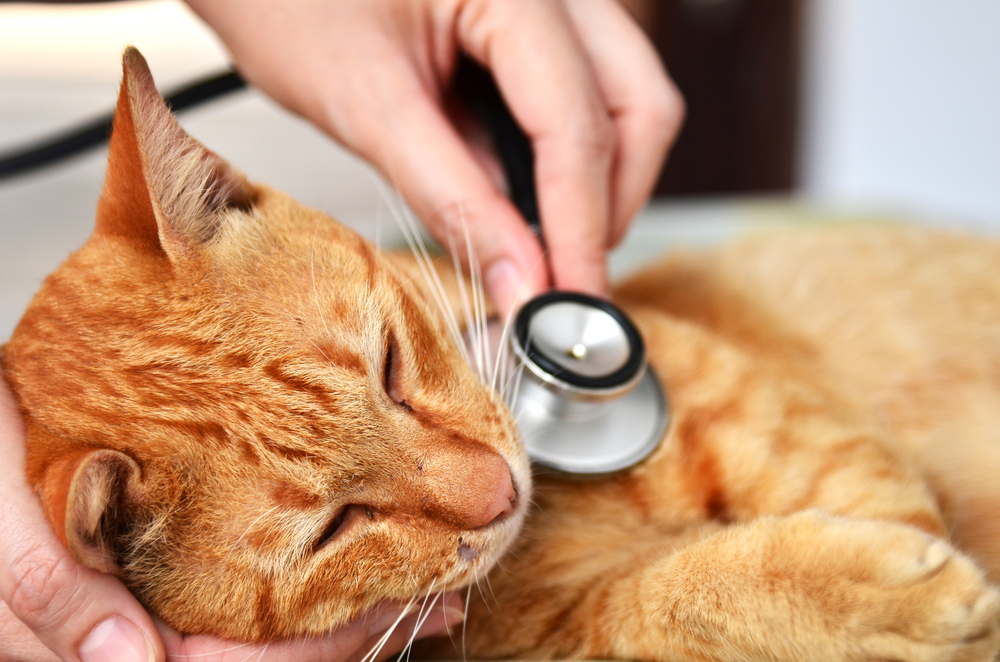
Patellar luxation occurs when the cat's kneecap (patella) is dislocated from its normal anatomic position in the groove of the thigh bone (femur). When the kneecap is dislocated from the groove of the thigh bone, it can only be returned to its normal position once the quadriceps muscles in the cat's hind legs relax and lengthen. Cats feel pain as the kneecap slides out of the thigh bone ridges, but do not feel any pain or discomfort once the kneecap has come to a rest out of the normal position.
Patellar luxation is thought to be quite rare in cats.
The condition or disease described in this medical article can affect both dogs and cats. If you would like to learn more about how this disease affects dogs please visit this page in the PetMD health library.
The specific symptoms of a dislocated kneecap will depend on the severity and persistence of the condition, as well as the amount of degenerative arthritis that is involved. Typically, a cat with a dislocated kneecap will exhibit prolonged abnormal hindlimb movement, occasional skipping or hindlimb lameness, and sudden lameness.
A dislocated kneecap is usually caused by a genetic malformation or trauma. The clinical signs of the condition will normally start showing approximately four months after birth.
A dislocated kneecap is diagnosed through a variety of means. Top view (craniocaudal) and side view (mediolateral) X-rays of the stifle joint, hip, and hock may be used to detect bending and twisting of the thigh bone and larger bone of the lower leg. Skyline X-rays may reveal a shallow, flattened, or curved groove of the thigh bone. A fluid sample taken from the joint and an analysis of the lubricating fluid in the joint (synovial fluid) will show a small increase in mononuclear cells. It is also necessary for the veterinarian to perform an examination by touch to feel for kneecap freedom.
Medical treatment for kneecap dislocation has very little effectiveness; surgery is the preferred treatment of choice for severe cases. Surgery can correct both the affected structures and the movement of the kneecap itself. The kneecap may be fastened on the outside of the bone to prevent it from sliding towards the inside. Alternatively, the groove of the thigh bone may be deepened so that it can better hold the kneecap.
Follow-up treatment after successful surgery will include leash walk exercise for one month (avoid jumping) and yearly examinations to check for progress. It is important that pet owners are aware that there is a high possibility of recurrence (48 percent), although the dislocation will be considerably less severe than the original incidence. Because kneecap dislocation is genetically inherited, the breeding of affected cats is highly discouraged.
There are currently no known preventative measures for this medical condition.
Image: JENG_NIAMWHAN via Shutterstock
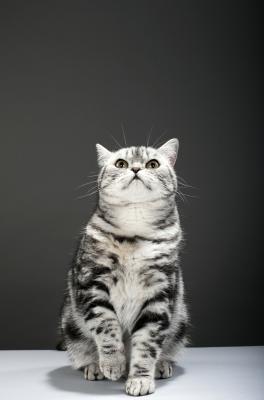 Do Cats Get Lonely?
Do Cats Get Lonely?
Do Cats Get Lonely
Do Cats Get Lonely?
Do Cats Get Lonely?
Do Cats Get Lonely
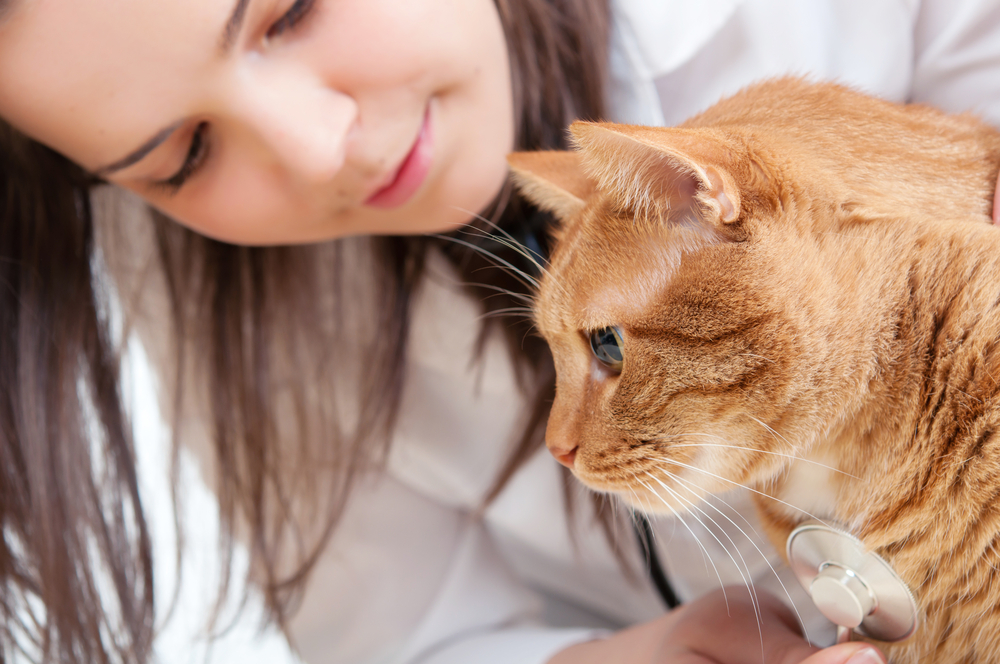 Chest Bone Deformity in Cats
Pectus Excavatum in Cats
The sternum, or chest bo
Chest Bone Deformity in Cats
Pectus Excavatum in Cats
The sternum, or chest bo
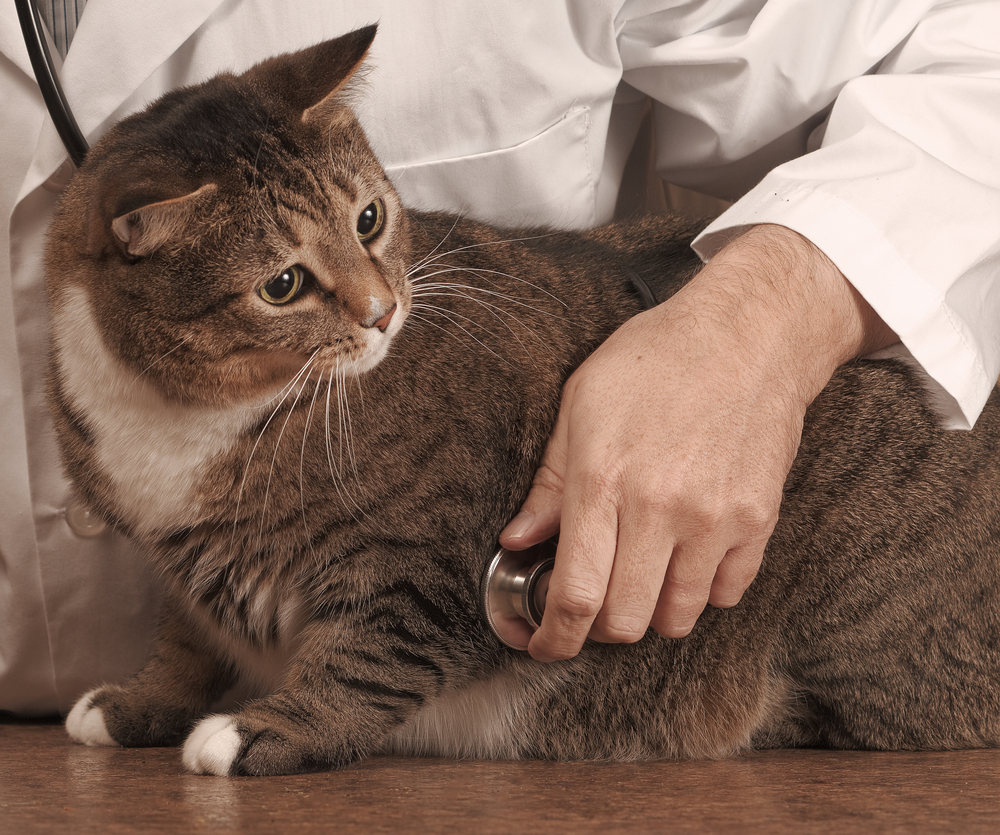 Excess Protein in the Cat's Urine
Proteinuria in Cats
While in some cases abnormall
Excess Protein in the Cat's Urine
Proteinuria in Cats
While in some cases abnormall
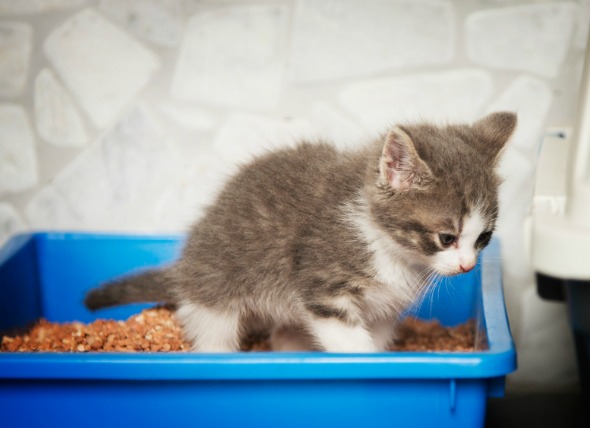 Parasitic Diarrhea (Giardiasis) in Cats
Giardiasis in Cats
Giardiasis is a medical condit
Parasitic Diarrhea (Giardiasis) in Cats
Giardiasis in Cats
Giardiasis is a medical condit
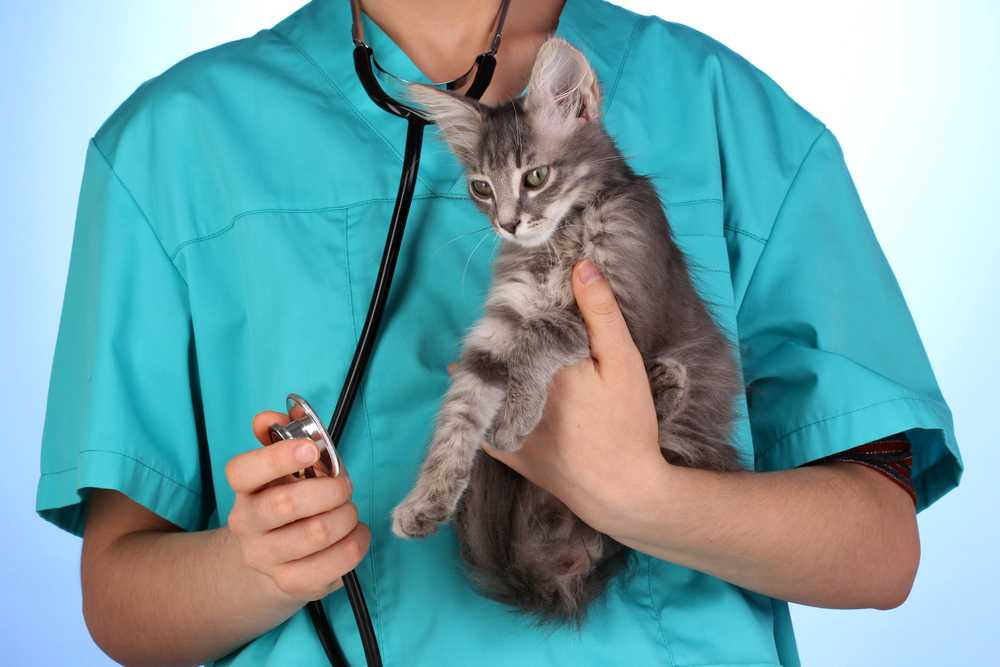 Bacterial Infection (Campylobacteriosis) in Cats
Campylobacteriosis in Cats
Campylobacteriosis is
Bacterial Infection (Campylobacteriosis) in Cats
Campylobacteriosis in Cats
Campylobacteriosis is
Copyright © 2005-2016 Pet Information All Rights Reserved
Contact us: www162date@outlook.com